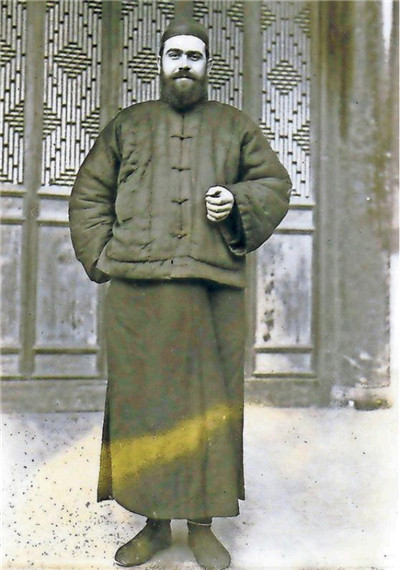 |
|
Dutch priest Aemilianus van Heel. [Photo provided to China Daily] |
The Japanese army claimed he had committed suicide.
The refugees then buried his body in the church yard and fled, leaving his assistants who hid a fleeing Kuomintang general Gao Guizi two years later from the Japanese army, after Gao was defeated in a battle in the region.
Gao Shijie, the daughter of Gao Guizi, funded the renovation of the tomb and the building of a new tombstone to remember Van Heel's sacrifice and the assistance to her father.
According to Hu Lianying, a villager in her late 80s, Father Hu also had a sense of humor. "He once joked with me: 'Hey, little girl. We are from the same family. You see. We share the same family name Hu'."
Hu Lianying says Father Hu missed his parents in the Netherlands very much, and often looked at their photos, which he also showed to local residents.
The village's residents also say that Father Hu was a good doctor as well.
He treated patients for free. And he also raised a dozen of orphans, some of whom are still alive.
Gao Shijie says in her statement on the renovation of his tomb: "Although Father Hu had no offspring, and his heroic behavior is unknown in his motherland, we, the survivors of the War of Resistance Against Japanese Aggression (1931-45) are his successors if we can emulate his spirit of self-sacrifice."
The Dutch people did not know about Father Hu until 1990, when a local villager in Shitou Geda, Song Minhui, wrote a letter to the Dutch embassy in Beijing.
The then-Dutch ambassador Roland van den Berg wrote to Song appreciating his account of the young Dutch priest and the embassy translated Song's letter into English to let the Dutch people know about Father Hu.